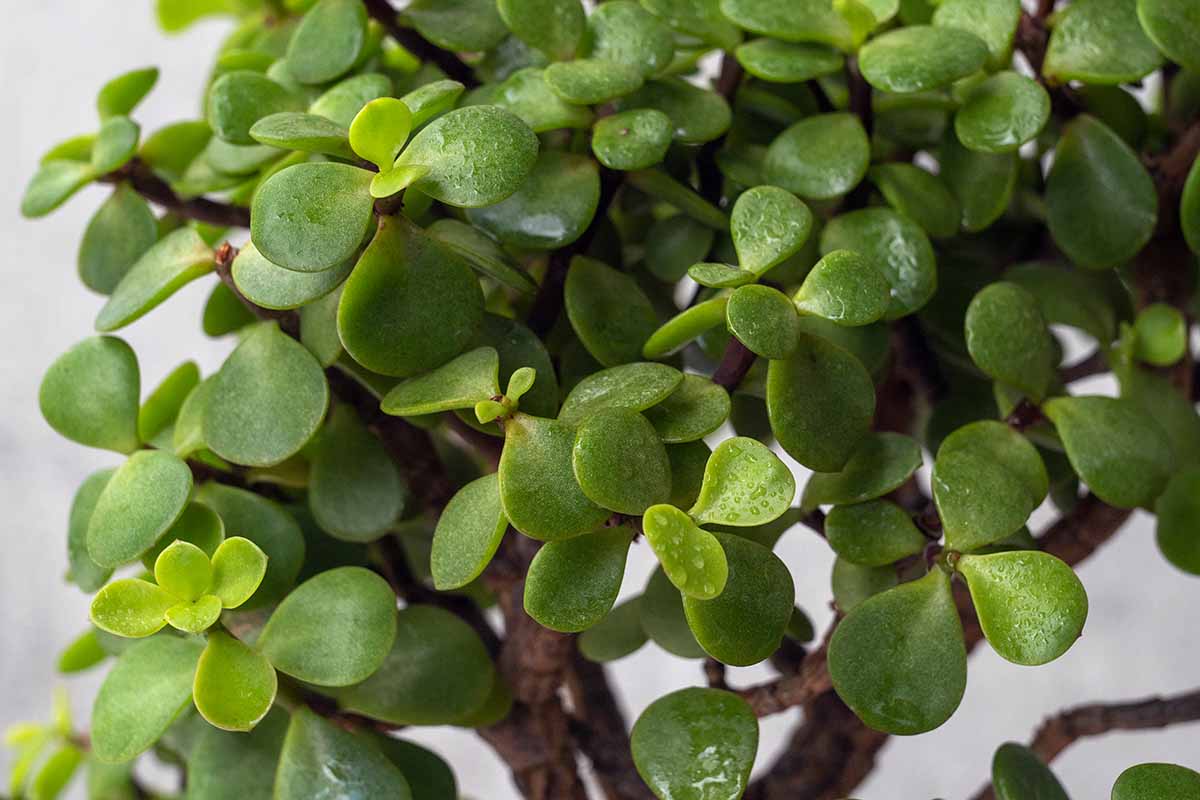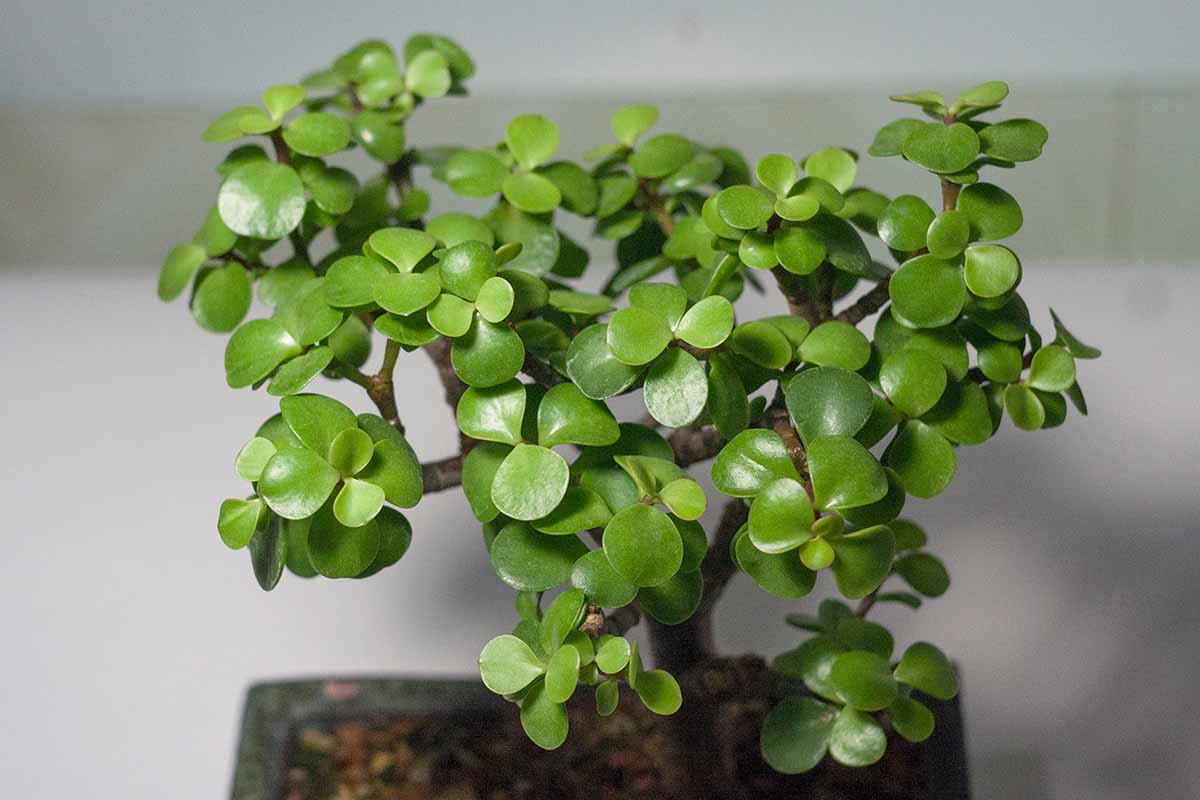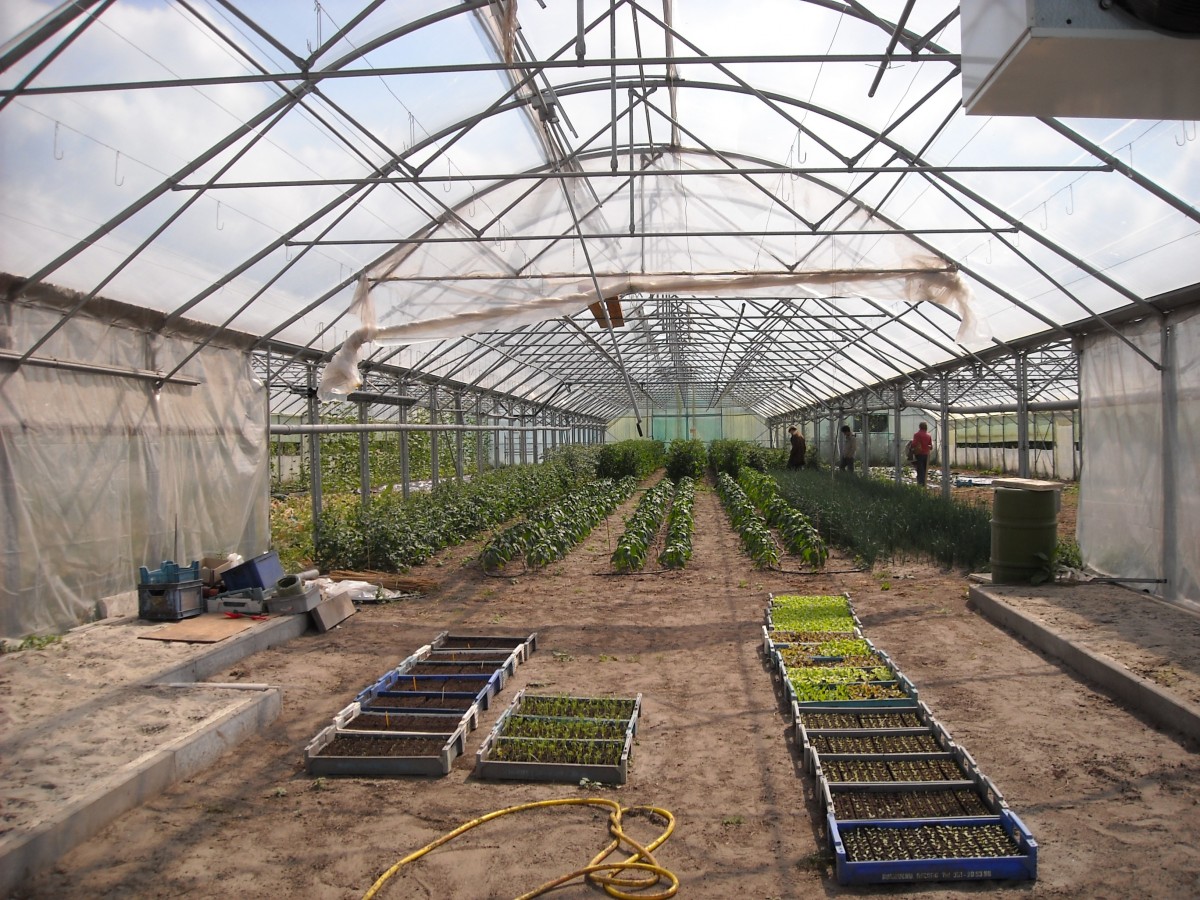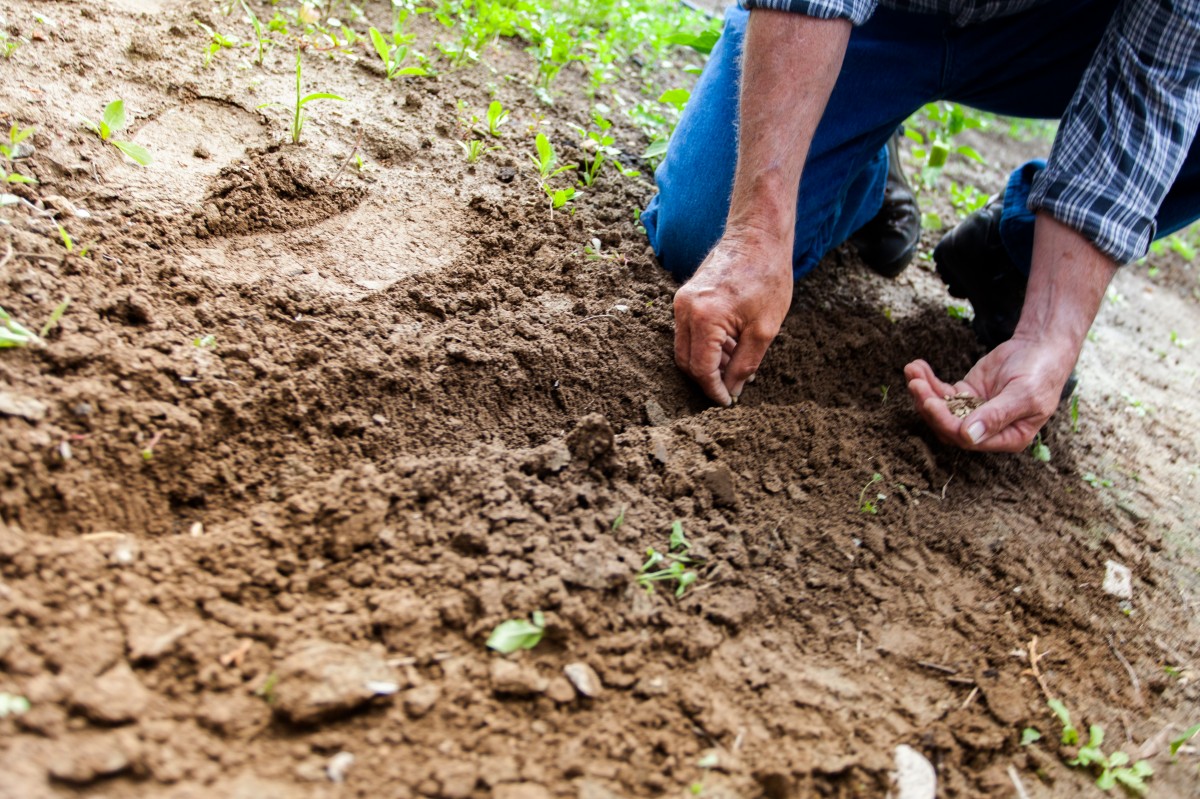If you’re searching for a versatile and low-maintenance succulent to add to your indoor or outdoor plant collection, look no further than the Elephant Bush (Portulacaria afra). With its charming round leaves and cascading growth habit, Elephant Bush is a popular choice among plant enthusiasts. In this comprehensive guide, we will take you through the step-by-step process of planting, growing, and caring for Elephant Bush to ensure its health and vitality.
Choosing the Right Location:
Selecting the ideal location is crucial for the success of your Elephant Bush. This plant thrives in bright, indirect sunlight, so look for a spot near a window or in a well-lit area of your garden. If you’re growing it outdoors, ensure it receives partial shade during the hottest parts of the day to prevent sunburn.
Preparing the Soil:
Elephant Bush prefers well-draining soil to prevent root rot. A sandy or succulent-specific potting mix is ideal for this plant. Ensure the soil has good drainage properties by adding perlite or pumice to the mix. This will help prevent excess moisture retention, which can be detrimental to the roots.
Planting Elephant Bush:

- Choose a suitable container: Select a pot with drainage holes to prevent waterlogged soil. Ensure it’s slightly larger than the current root ball to allow for future growth.
- Fill up the pot with the prepared soil mix: Gently place the Elephant Bush in the center, ensuring it sits at the same level as its previous container.
- Backfill with soil: Carefully add soil around the roots, gently pressing it down to secure the plant in place.
- Water thoroughly: Give the newly potted Elephant Bush a thorough watering, allowing the water to drain out completely.
Watering and Moisture:
Elephant Bush is drought-tolerant and prefers to dry out between watering sessions. Overwatering can result in root rot, so it’s essential to establish a watering routine. Water deeply when the top inch of soil is dry, and allow excess water to drain away. During the dormant winter months, reduce watering frequency to prevent waterlogged soil.
Light Requirements:
Provide Elephant Bush with bright, indirect light to promote healthy growth. If growing indoors, place it near a south or west-facing window where it can receive several hours of sunlight each day. Outdoors, find a spot with partial shade to protect the plant from intense sunlight.
Temperature and Humidity:
Elephant Bush thrives in warm temperatures, ideally between 65°F and 80°F (18°C to 27°C). It can tolerate slightly cooler temperatures but may suffer damage if exposed to frost. As for humidity, it can adapt well to a wide range of humidity levels, making it suitable for various climates.
Fertilizing:
Fertilize Elephant Bush sparingly, using a balanced, water-soluble fertilizer specifically formulated for succulents. During the growing season (spring and summer), apply fertilizer every two to four weeks. Reduce or suspend fertilization during the dormant winter months.
Pruning and Maintenance:

Elephant Bush responds well to pruning, which helps maintain its shape and encourages bushier growth. You can trim back leggy stems or remove dead or damaged leaves. Additionally, be on the lookout for pests such as mealybugs or spider mites. If detected, treat them promptly using a mild insecticidal soap.
Propagation:
Propagating Elephant Bush is relatively easy, and you can expand your collection or share the joy of growing this plant with others. The most common technique of propagation is through stem cuttings. Simply take a healthy stem cutting, allow it to callus over for some days, and then plant it in well-draining soil. Follow these steps for successful propagation:
- Select a healthy stem: Choose a stem that is at least 4-6 inches long and free from any signs of disease or damage. Using clean, sharp pruning shears or a knife, make a clean cut right below a leaf node.
- Allow the cutting to callus: Place the cutting in a dry, shaded area and let the cut end callus over for a few days. This helps to prevent rot when it’s planted.
- Prepare the rooting medium: Fill a small pot or container with a well-draining soil mix, such as a succulent or cactus mix. Moisten the soil slightly to provide a suitable environment for root development.
- Plant the cutting: Once the cutting has callused, create a small hole in the soil using your finger or a pencil. Insert the cut end of the stem into the hole, making sure it is securely positioned. Gently press the soil around the cutting to hold it in place.



